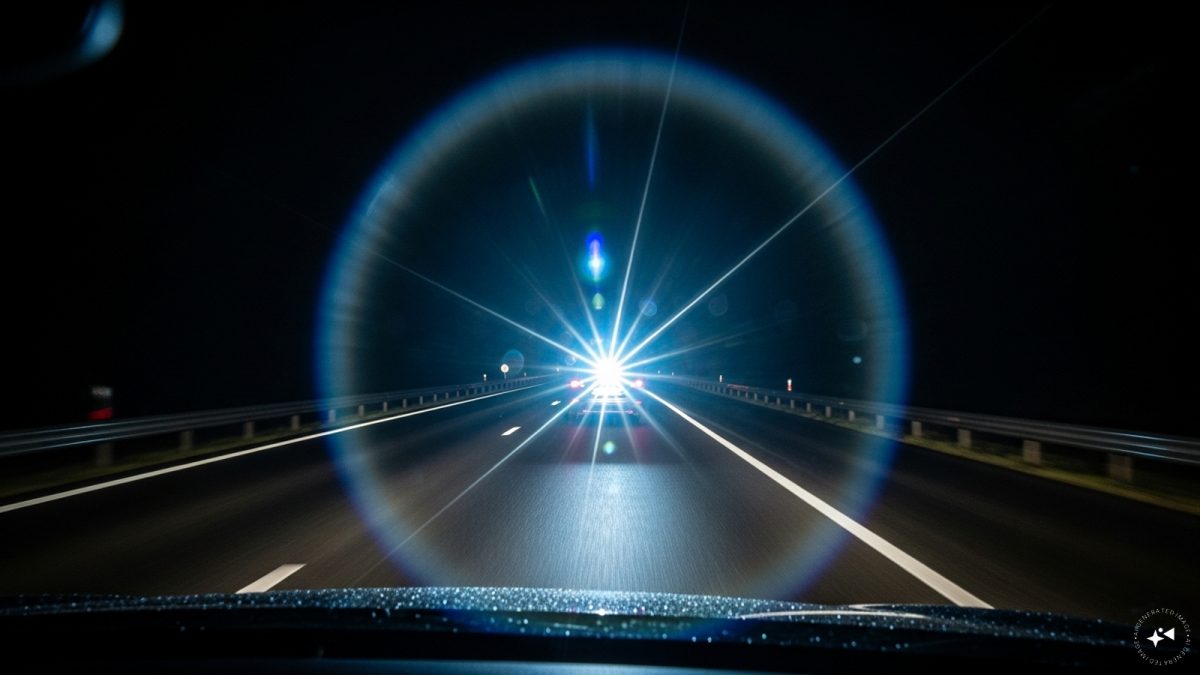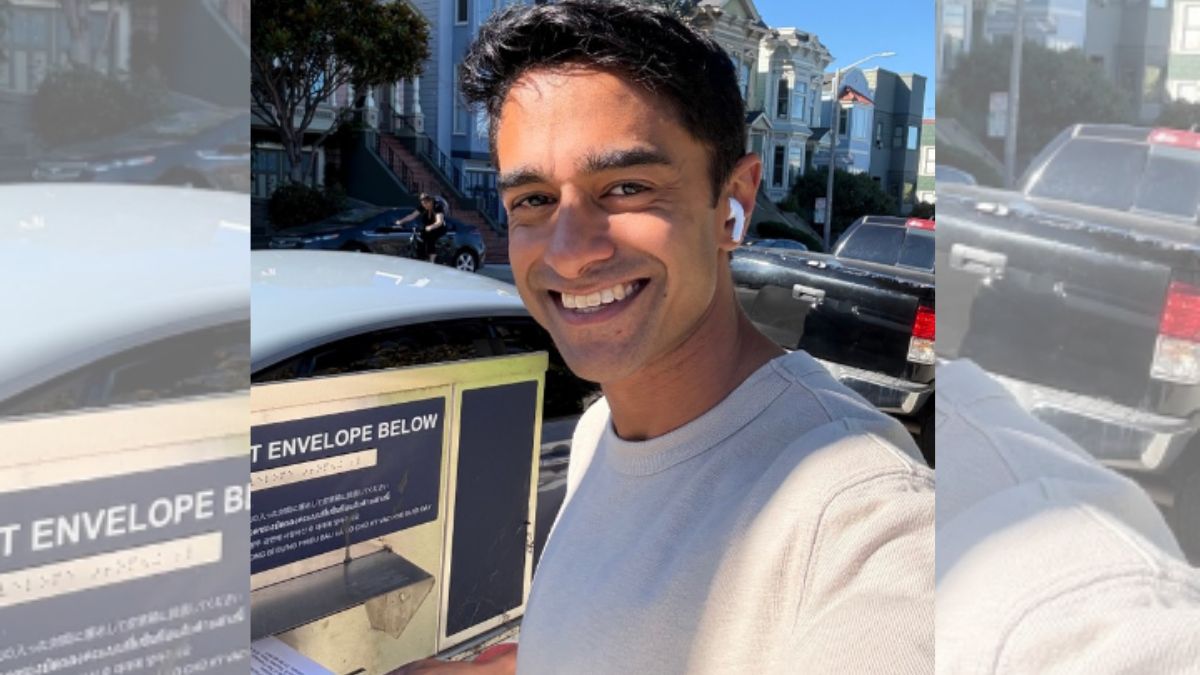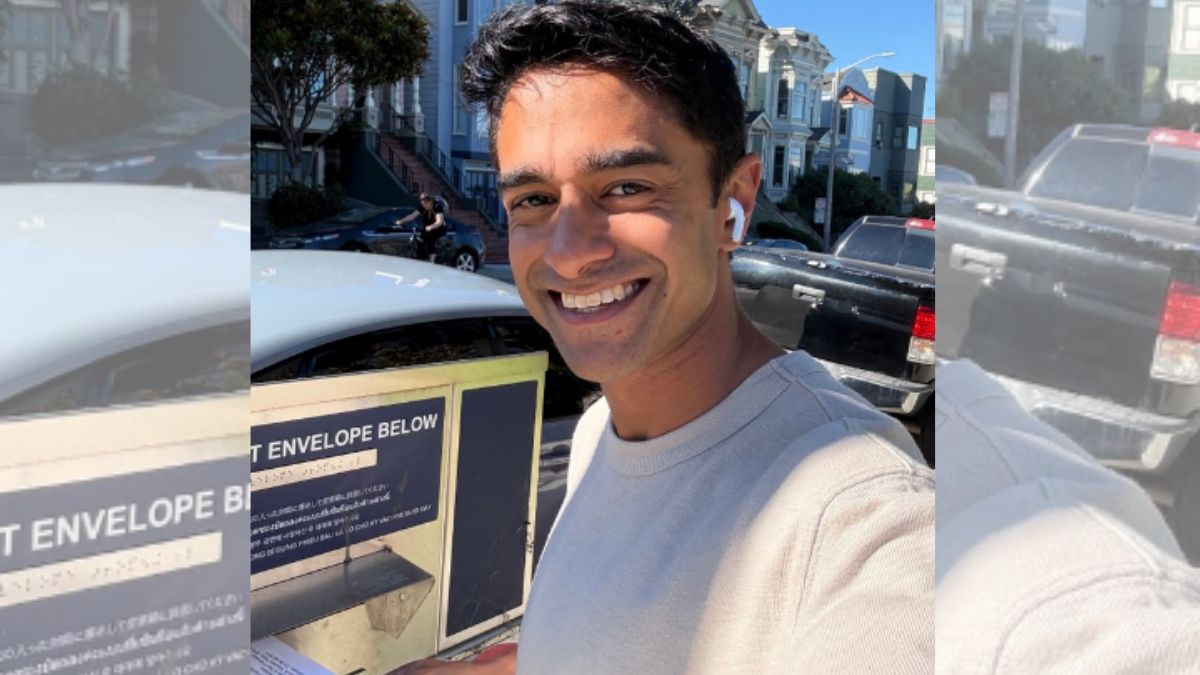For millions of drivers, night-time journeys have become a battle between visibility and vulnerability. A new UK government-funded study has found that an overwhelming 97% of motorists believe modern car headlights are too bright with many saying they feel temporarily blinded by oncoming vehicles.
The finding has reignited global debate over whether advanced LED technology, designed for efficiency and safety, has inadvertently made roads more dangerous.
The study, commissioned by the Department for Transport (DfT), highlights a growing paradox in automotive design: while LED headlights consume less energy and last longer than traditional halogen bulbs, their bluish-white light is more intense and concentrated, often exceeding what human eyes can comfortably process in dark conditions. The result, experts warn, is a surge in driver complaints about glare and discomfort, particularly among older motorists whose pupils adjust more slowly to changes in light.
The issue has become so widespread that UK ministers have asked the United Nations Economic Commission for Europe (UNECE), which regulates vehicle lighting standards, to reassess how brightness and beam patterns are tested. “We are taking the concerns seriously,” a DfT spokesperson told The Guardian, noting that the goal is to balance improved visibility for drivers with the safety of everyone else on the road.
Modern headlight systems especially LEDs and laser-based units produce light that is more focused and travels farther. Unlike the yellowish hue of older filament lamps, the crisp white-blue beams scatter differently, creating sharper contrasts that can overwhelm oncoming drivers’ night vision. Road-safety researchers say the problem lies not only in the intensity of the light but in its direction and height: when misaligned, these headlights can dazzle even at legal brightness levels.
A 2022 US survey by the Insurance Institute for Highway Safety (IIHS) revealed a similar pattern, with 88% of American drivers reporting discomfort from oncoming headlights. Governments in Japan and parts of Europe have already started tightening rules on headlight calibration and colour temperature. The EU, for instance, is reviewing adaptive lighting regulations to ensure headlights automatically dip when detecting oncoming vehicles, a feature now common in premium cars but absent in many mass-market models.
Impact Shorts
More ShortsThe UK’s Automobile Association (AA) has been among the most vocal campaigners for reform. Edmund King, the AA’s president, said the glare from modern lights “is not just annoying, it’s genuinely hazardous.” He added that as more vehicles switch to high-intensity LEDs, “the cumulative effect on road safety could be significant, especially as night driving is already riskier.”
Scientists point out that while LED technology itself isn’t inherently unsafe, the transition to more compact, high-lumen designs has outpaced regulations written for older, less powerful bulbs.
The problem intensifies in rural areas and on motorways, where the absence of street lighting magnifies the contrast between darkness and glare. Drivers have reported being forced to avert their gaze or slow down sharply to recover, increasing accident risks. Some have taken to social media to call for the reintroduction of softer, yellow-tinted bulbs or stricter inspection standards for headlight aim and brightness.
Manufacturers, however, argue that LEDs improve safety by illuminating obstacles faster and more clearly. They point to technological solutions such as matrix adaptive lighting systems that automatically dim parts of the beam to avoid dazzling other drivers while maintaining visibility elsewhere. Yet these systems remain expensive and are mostly available in high-end models.
As the DfT continues its review, the broader challenge lies in modernising outdated lighting regulations that haven’t fully kept pace with advances in automotive optics. The UNECE’s current brightness limit, for example, does not account for the spectral differences between halogen and LED light, meaning two lights rated at the same intensity can produce very different visual effects.
For now, road-safety experts are urging simple steps: regular headlight alignment checks, stricter MOT testing for beam angles, and perhaps, a public-awareness push to encourage drivers to report glare incidents. The ultimate goal, says King, is “a balance where technology serves safety not blinds it.”
As automakers compete to make night driving clearer and more futuristic, policymakers face a subtler task: ensuring the light at the end of the road doesn’t leave everyone else in the dark.
With inputs from agencies


)

)
)
)
)
)
)
)
)



